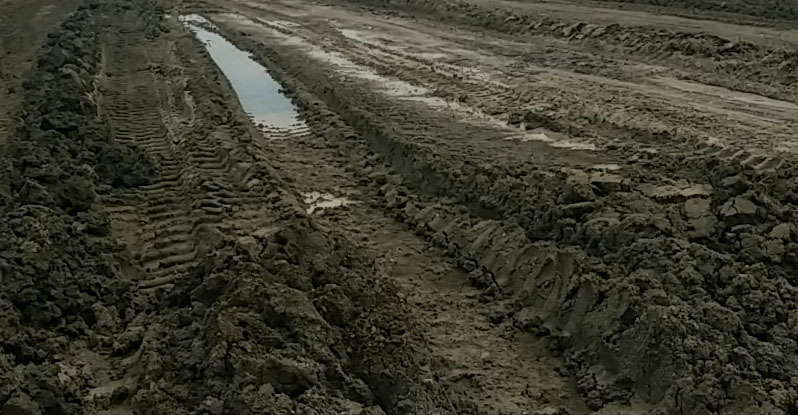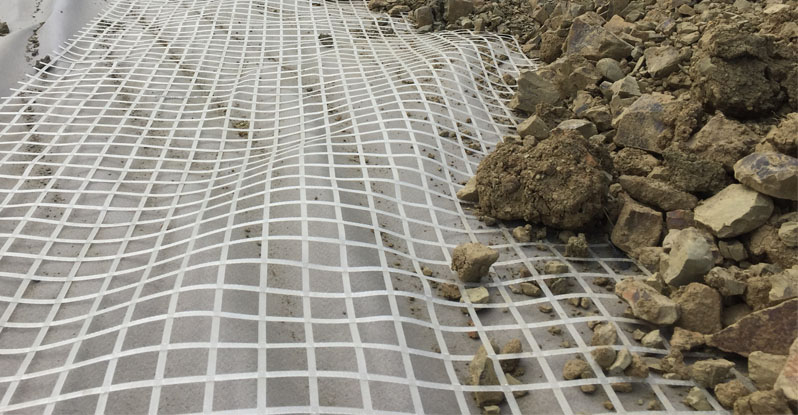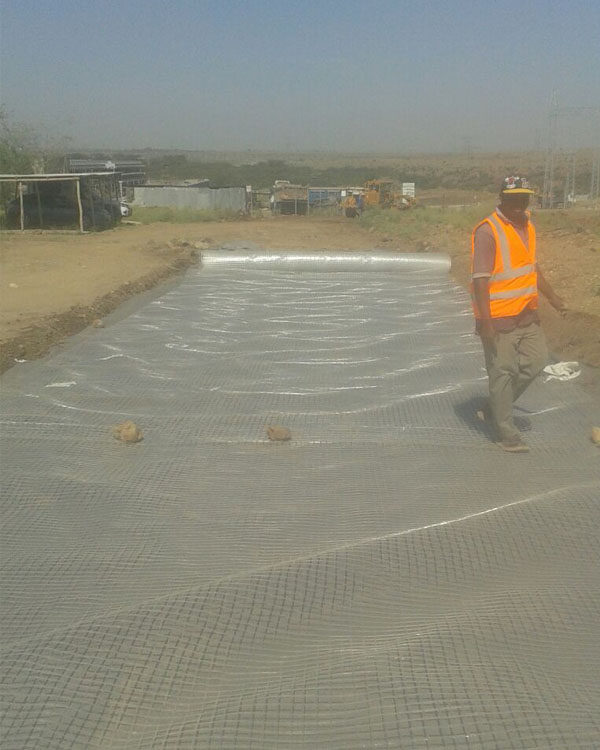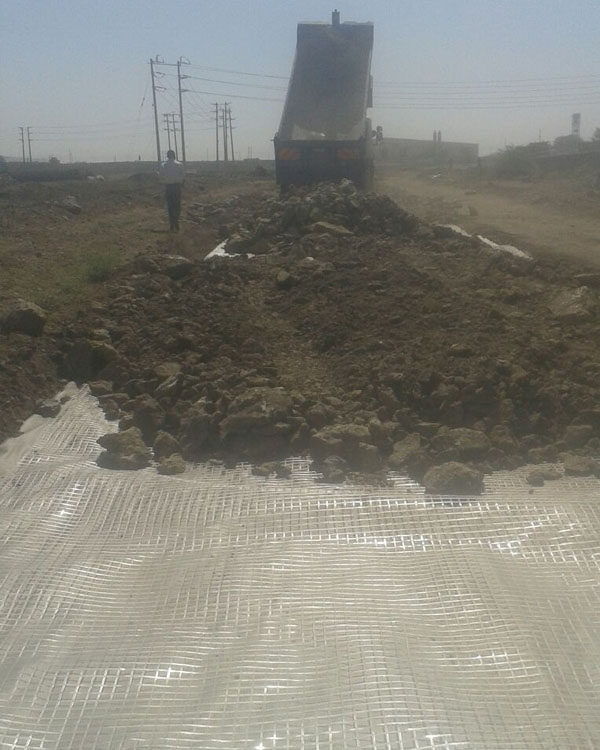Wind power is fast becoming the most desirable and dependable source of renewable energy around the world, and Kenya has jumped on the bandwagon to boost its nation’s share in wind energy production. Though still relatively few wind farms exist in Kenya, it aims to generate 9% of its total capacity by 2030.
One of the challenges of developing wind farms is access; getting giant turbines & wind blades transported to remote areas where access roads must be built to withstand heavy traffic. For the Kinangop Wind Farm project access was a problem. The existing road infrastructure was too narrow and winding in some areas in Athi River, which could not accommodate the turning radius of extended trailers carrying the wind blades. A new temporary access road was required which crossed over an area with varying types of weak soils. Using a Geosynthetic solution was critical for the access road to be feasible and provide a stable solution.


Secugrid provided a cost effective method to achieve a safe and stable solution for a temporary road construction over low strength subsoils. The CBR values ranged from 1-3%. To avoid excavating too much soil, Secugrid 40/40Q6 was placed on a 200gsm TB16 separation geotextile layer between the subsoil and overlaying base course. The base course layer was reduced to 400mm which proved to be sufficient and achieved uniform stress distribution.
The GeoMatt TB16 geotextile was essential to prevent intermixing of the subsoil and base course layer. Simply by placing the geotextile, the bearing capacity is already increased by avoiding material loss into the subgrade. In some areas of the access road the groundwater was approx. 0.1m above the top ground surface. The geotextile allows water to pass through while retaining soil particles, preventing migration of fine material as a result of pumping effects from the subgrade to the surface, under dynamic loads such as traffic.

